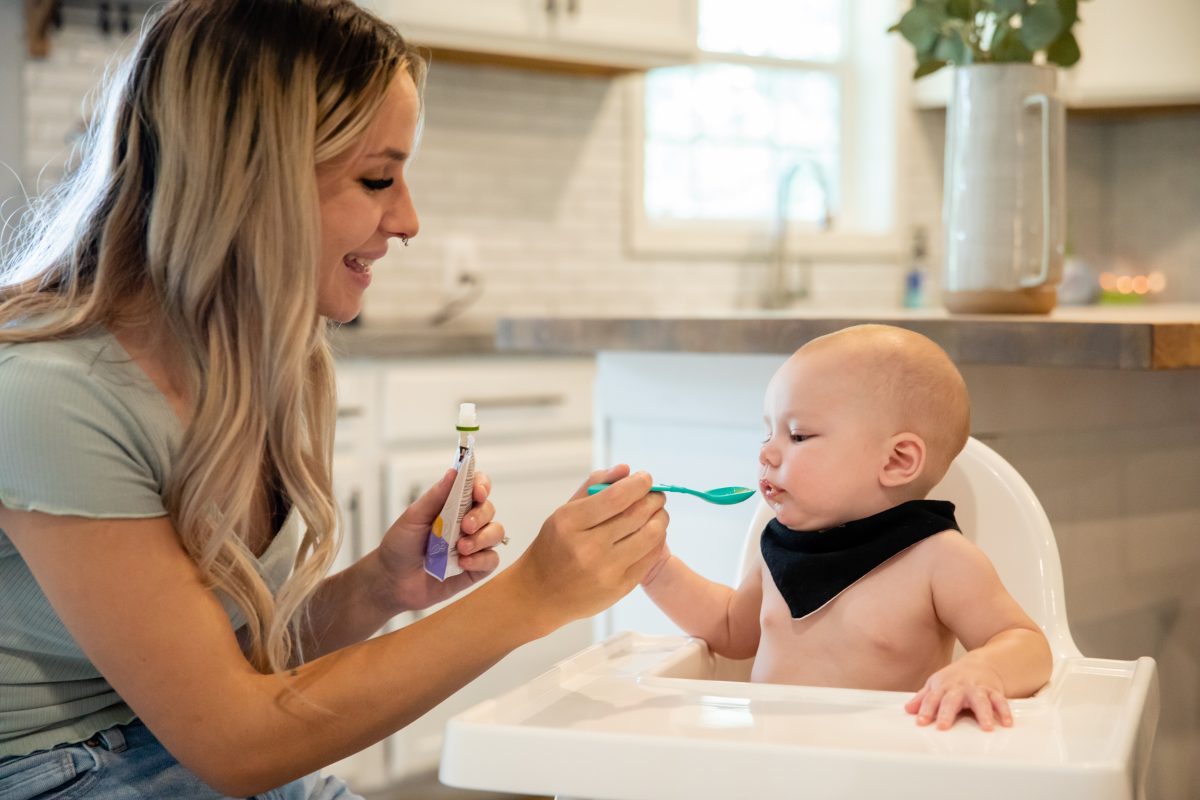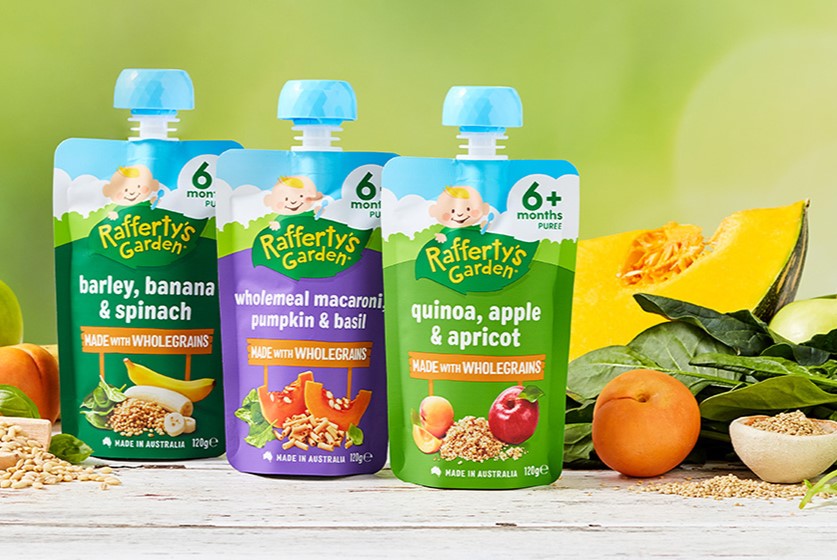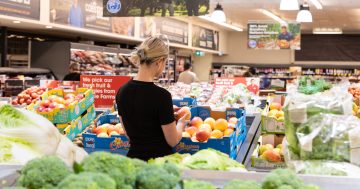
A new study has found more than 300 baby products on our supermarket shelves fall short of global health standards. Photo: File.
“That’s not surprising.”
That was Canberra nutritionist Kate Freeman’s immediate response to a recent study that found not a single infant or toddler food product currently on the shelves in Australia’s supermarkets meets global health standards.
“It’s not that these baby foods are unhealthy in and of themselves,” she says, “but the problem is if a child is eating them as the bulk of their diet – which a lot of children are – they’re likely to be nutritionally incomplete.”
Maternal and Child Nutrition compared more than 300 foods marketed for six-month-old to three-year-old children and sold in Australian supermarkets against the ‘Nutrient and Promotion Profile Model’ (NPPM) developed by the World Health Organisation (WHO) in 2022.
This standard has become the global benchmark for ensuring products for infants and young children are of high nutritional quality and promoted honestly.
The study revealed that 78 per cent of the products failed to meet the nutritional requirements of the NPPM, and “every product had at least one claim on-pack that was prohibited under the NPPM”.

Puree pouches are easy to serve but can influence a child’s taste preferences into adulthood. Photo: Rafferty’s Garden.
Concerningly, the pouches (or sachets), which currently represent more than 50 per cent of all products available on supermarket shelves, recorded the highest use of prohibited claims.
“Findings highlight that urgent work is needed to improve the nutritional quality of commercially produced infant and toddler foods in Australia,” the study reads.
“The high use of prohibited claims also suggests the need to regulate the type and number of claims that can be made on-pack, as parents and carers could easily be misled by the deceptive labelling that is currently allowed to be displayed.”

Kate Freeman founded The Healthy Eating Clinic in Woden in 2011. Photo: The Healthy Eating Clinic.
Kate Freeman is the founder of The Healthy Eating Clinic in Woden. She lists the example of a puree sachet with “broccoli, carrot and apple” emblazoned on the front in big and bold letters as concerning.
“‘Broccoli’ and ‘carrot’ might be in big writing, and ‘apple’ in little writing, and you assume it’s mostly vegetable, but if you turn it over and look at the ingredients list, you’ll find apple first, because the ingredients are listed by percentage weight,” she says.
“Some of these products can be 70 per cent fruit.”
The fruit isn’t such a bad thing as what it does to a child’s palate over time if these puree products are all they eat for years.
“Essentially, everything tastes like pureed apple, so they never develop preferences for other tastes. Then all of a sudden, you try to get your child to eat the family meal and there’s a piece of broccoli in front of them, and they’re like ‘yuck’.”
Here in Australia, infant and toddler food falls under both mandatory and voluntary design standards, the latter of which “rely on the goodwill of manufacturers and companies to label their foods in a particular way”.
Kate says parents shouldn’t feel bad if they’ve had a hectic day and a jar of puree in the pantry suddenly looks mighty tempting to feed a hungry youngster, but overuse of the products can create fussy eaters and, in turn, adults “who won’t eat a range of foods, which impacts their long-term health”.
“They’re not going to have the variety of foods to meet nutrient needs or the variety of flavours to help expand their palate and help prevent fussy eating in the future.”

Let them eat cake (in moderation). Photo: James Coleman.
Kate recommends parents feed their child the family meal “as much as possible as young as possible”, and “adjust the food based on their ability to chew and swallow” (noting chewing is a learned skill, too).
Her two kids are now well into their teenage years, but if she had her time again, she would also avoid blending foods together all the time.
“I wish I had been more particular about giving them pumpkin on its own or broccoli because all of these fruits and vegetables and legumes and meats all have distinct flavours, and early exposure to these different flavours helps reduce fussy eating in the future.”














